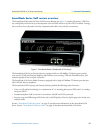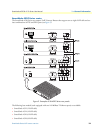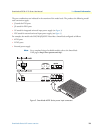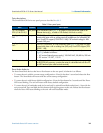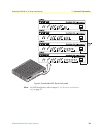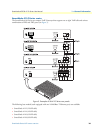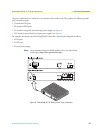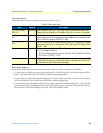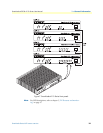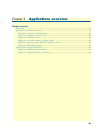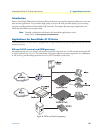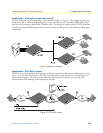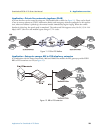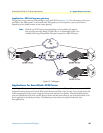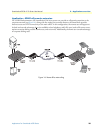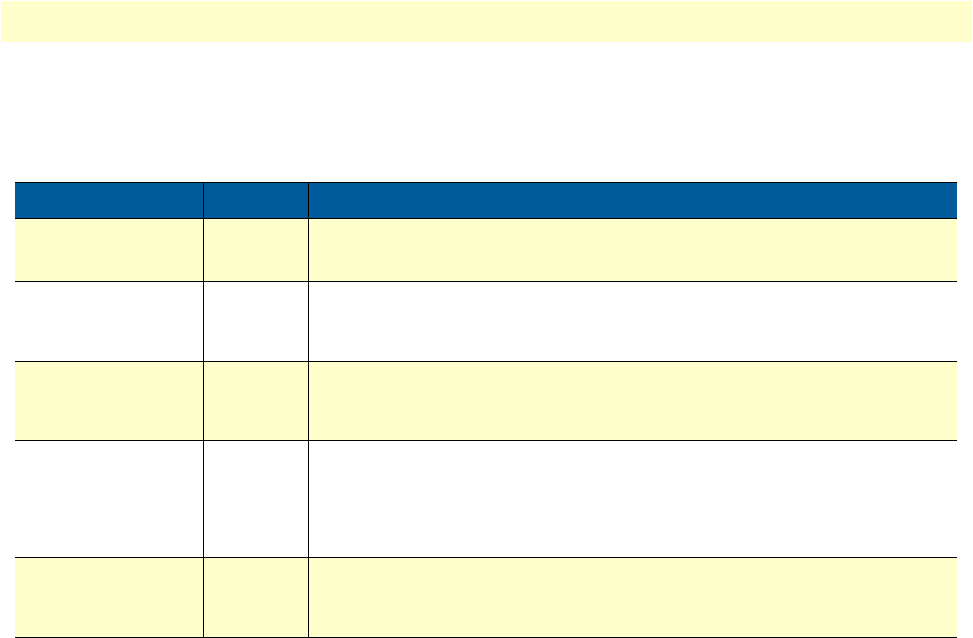
SmartNode Series VoIP routers overview 18
SmartNode 4520 & 4110 Series User Manual 1 • General information
Ports descriptions
The SmartNode 4110 Series rear panel ports are described in table 3.
Reset button behavior
For those SmartNode devices that have a Reset button on the rear panel, its behavior is as follows:
• To restart the unit with the current startup configuration—Press for less than 1 second and release the Reset
button. The SmartNode will restart with the current startup configuration.
• To restart the unit with factory default configuration—Press the Reset button for 5 seconds until the Power
LED starts blinking. The unit will restart with factory default configuration.
• To restart the unit in bootloader mode (to be used only by trained SmartNode technicians)—Start with the
unit powered off. Press and hold the Reset button while applying power to the unit. Release the Reset button
when the Power LED starts blinking so the unit will enter bootloader mode.
Table 3. Rear panel ports
Port Location Description
10/100 Ethernet
ETH 0/0
Rear panel
RJ-45 connector (see
figure 5
on page 16) that connects the router to an
Ethernet device (a cable or DSL modem, LAN hub or switch, for example).
Analog voice port,
FXS
Rear panel
FXS RJ-11(6 position, 4 wire) connectors (see
figure 16
on page 32) that
connect the router with an analog terminal (a telephone, for example) FXO
port. EuroPOTS support (ETSI EG201 188).
Analog voice port,
FXO
Rear panel
FXO RJ-11(6 position, 4 wire) connectors (see
figure 16
on page 32) that
connect the router with an analog line (FXS port). EuroPOTS support (ETSI
EG201 188).
Power Rear panel The gateway is available in a DC or AC power input version (see
figure 6
), labeled as follows:
•
AC version (Internal power supply): 100–240 VAC, 50/60 Hz, 200 mA
•
DC version: 12 VDC, 1.25 A
Console Front panel
Used for service and maintenance, the Console port (see
figure 7
on page 19),
an RS-232 RJ-45 connector, connects the router to a serial terminal such as a PC
or ASCII terminal (also called a dumb terminal).




